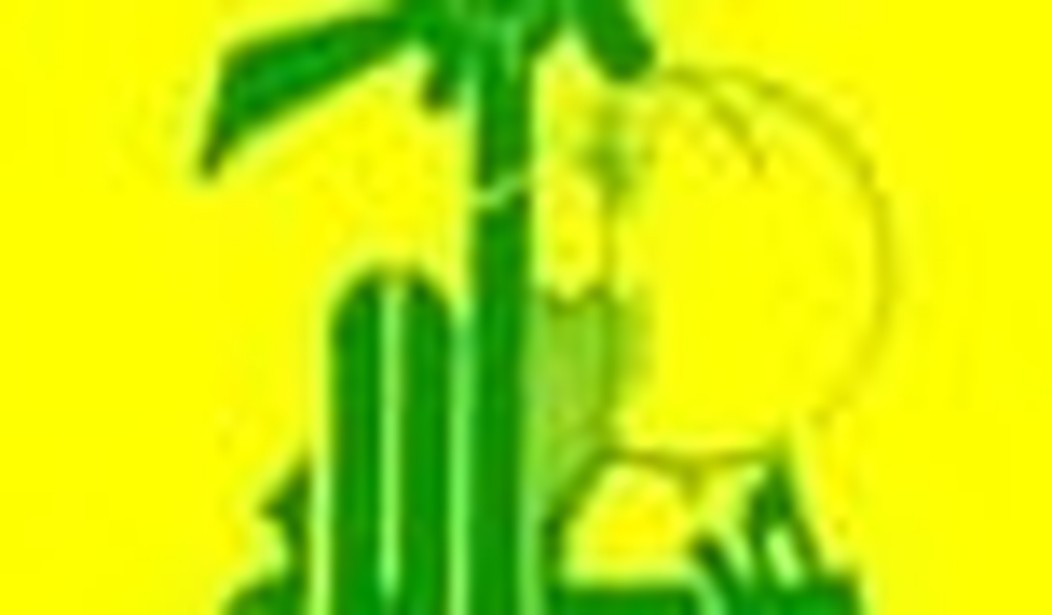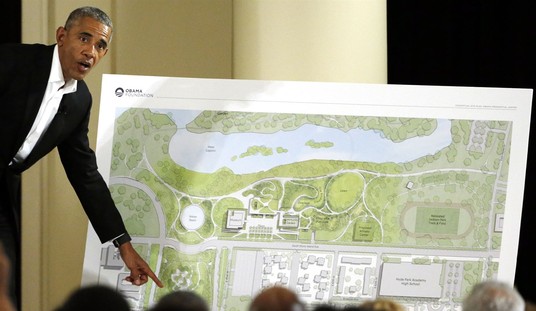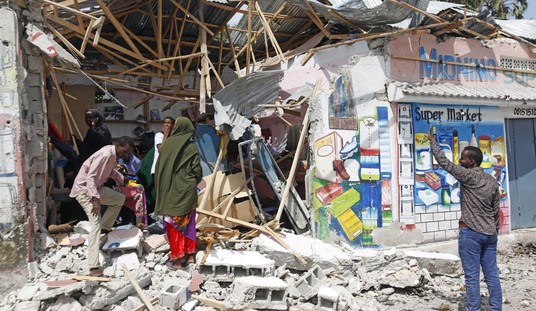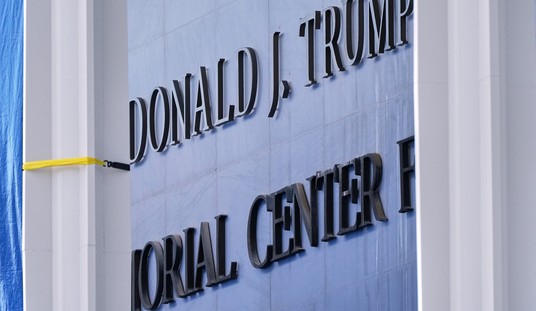In early January 2011, Hezbollah and its allies took up the reins of government in Lebanon, having ensured the collapse of the coalition led by March 14 leader and then Prime Minister Saad al-Hariri. Hezbollah needed a coalition which would staunchly oppose the Special Tribunal on Lebanon investigating the killing of former Lebanese Prime Minister Rafik al-Hariri.
But many at the time discerned a more significant meaning in the rise to government of the March 8 coalition. It looked like the latest stage in the inexorable rise of the Shia Islamist movement, founded by Iran’s Revolutionary Guards in 1982. Hezbollah had survived Israel’s onslaught in 2006 and had gone on to successfully intimidate its internal opponents in the mini-civil war of May 2008.
With a reputed yearly donation of $200 million from Tehran, Hezbollah had built a state within the state. It had developed a matchless military and security capability, independent of the organs of the Lebanese government and in most ways more powerful. By January 2011 Hezbollah looked set to absorb its host.
Today, however, much of this is open to question. Hezbollah no longer looks so unassailable. The movement has been one of the less remarked upon victims of the Arab upheavals of 2011.
Over the last two decades, Hezbollah defined itself along a number of parallel lines, each of which before 2011 appeared to support the other. The movement was simultaneously a sectarian representative of the Lebanese Shia, a regional ally of Iran and Syria, a defender of the Lebanese against the supposed aggressive intentions of Israel, and a leader of a more generically defined Arab and Muslim “resistance” against Israel and the West.
As a result of the events of 2011, these various lines which seemed mutually supportive have begun to contradict one another. This is diminishing Hezbollah’s position, though it remains physically unassailable for as long as the Assad regime in Syria survives.
When the “Arab Spring” first broke out, Hezbollah was able to happily endorse it. This is because in its first three significant manifestations — in Egypt, Tunisia, and Bahrain — the “Arab Spring” was directed against pro-Western, anti-Iranian regimes. And in Bahrain, a Shia populace was rising up against a pro-Western, Sunni monarch.
The problems began with the outbreak of the revolt against the Assad regime in Syria. Syria is a charter member of the pro-Iranian regional alliance to which Hezbollah also belongs. It is also a vital strategic conduit for the organization, providing a hinterland, a potential safe haven in the event of war with Israel, and a route for the supply of Iranian arms. For all these reasons, Hezbollah is determined that Assad survive. Reliable sources suggest that Hezbollah men have played a certain role in helping the regime in its attempt to suppress the uprising. Specifically, Hezbollah men are thought to be involved in infiltrating opposition groups and providing intelligence.
This investment in the survival of Assad indicates which of the four aspects of Hezbollah’s identity mentioned above are most important to it. The link with the Iran-led alliance and maintaining the ability to wage war against Israel are the cardinal interests. To maintain these, Hezbollah has to a great extent sacrificed its more nebulous self-image as a leader of pan-Islamic “resistance.” Syrian Sunnis leading the uprising against Assad now count Hezbollah among their enemies. The movement’s flag has been burnt at opposition rallies.
So the uprising in Syria has served to remove the veil of “resistance” from the face of Hezbollah. The sectarian visage beneath has been revealed. Hezbollah has been exposed as a sectarian, Iran-aligned Shia force, backing a vicious, non-Sunni dictatorship in its war against its own, largely Sunni people.
Polls show the resulting disappearance of the high regard in which Hezbollah was once held across the Arab world.
Of course, for as long as the Assad dictatorship survives, this has no immediate physical implications for Hezbollah. And despite the overenthusiastic predictions of some Westerners and Israelis, the Assad regime may well be around for some considerable time to come.
But in Lebanon, there are already signs that non-Shia communities, long chafing under the heel of Hezbollah, are beginning to grow restive. The governing coalition is no longer unified on Syria. The perennial political weathervane, Druze leader Walid Jumblatt, now supports the Syrian dictator’s departure.
More ominously, there are signs of growing Sunni restiveness on the ground. The sectarian nature of the conflict in Syria is spilling across the border. Hezbollah operatives have been engaged in the arrest of Syrian oppositionists seeking refuge in Lebanon and their despatch back to Assad. The Lebanese government is claiming that the border town of Arsal has become a haven for “al-Qaeda” elements. In the town of Tarshish in October, local residents physically prevented Hezbollah from extending its telecommunications networks into the town.
Hezbollah is also engaged in putting down opposition within its own community. Two Shia clerics are set to face charges of “conspiring with Israel” later this month. The two, Sheikh Hassan Mchaymech and Sayyed Mohammad Ali al-Hussein, were known for their independent and critical positions toward Hezbollah.
None of this portends the imminent demise of Hezbollah. What it does reveal is a nervous, diminished organization, which has shed most of the region-wide charisma it earned through its fight against Israel. The logic of the emerging post-2011 Middle East is one of Islamism and sectarianism. In this context, Hezbollah is now exposed as a gendarme in the Levant for Iran and the Shia Islamism it adheres to. The movement, like its friend Bashar Assad, increasingly holds power by force alone. This can be maintained while it is the stronger party. For as long as Bashar is in his seat, it will be so. If he falls, Hezbollah’s enemies in Lebanon (and Syria) will be waiting.









Join the conversation as a VIP Member